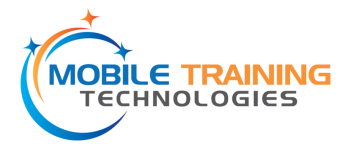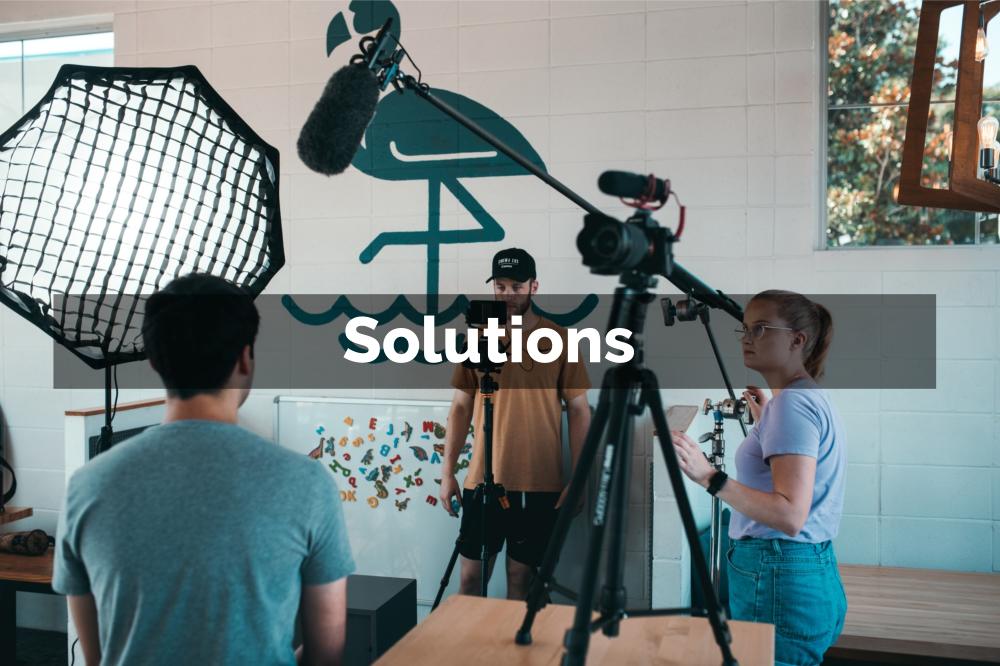General Questions
What’s microlearning?
Microlearning is when you break up learning into bite-sized chunks like short videos, checklists, infographics and animations. These are drip-fed to your learners in a continuous, easy-to-digest feed. As a result, microlearning is more effective, convenient and enjoyable than traditional training.
How to solve your logistical problems
How can I train my team when they don’t have time?
Change your training from one-off big events to a series of microlearning sessions. This reduces your team’s learning sessions to 10 minutes, so it won’t interfere with their schedules.
How can I train my team when they work in multiple locations?
Change training from a big, top-down exercise into a personalised experience controlled by your staff.
How can I train my staff for high-risk or unsafe situations?
Use virtual reality (VR) and augmented reality (AR) to create a work-level simulated environment so your team can hone their skills and make mistakes in a safe environment. Even better, they can train without leaving their workplace.
How to make your training more effective
Why do my staff quickly forget their training?
Studies show we forget 90% of new information we learn within a week … unless we use proven techniques to reverse the ‘memory decline’ process. So when you hold big one-off training events your team don’t get to revise their newfound knowledge and it leaks out of their memory. What’s the solution? Microlearning. This continually reinforces learning, so knowledge is retained.
What can I do when training doesn’t get results?
First, you need to identify whether the problem is, indeed, a training problem. Your training might be fine – but the way it’s delivered might be faulty or your team might need better support. If it is a training problem, you need to replace your traditional training methods with a modern, science-based microlearning approach.
How can I stop wasting money on training?
Stop doing off-site training that interrupts the workflow. Start doing online microlearning that your team can do from their desks whenever they have spare time.
How to get more buy-in for your training
My team hate training on our learning management system. What can I do?
You need to replace your outdated ‘next, next, next’ learning modules with a modern, science-based approach that uses blended training and microlearning to engage your staff.
My team aren’t engaging with training. What can I do?
Solve your problem by making sure all training is enjoyable, relevant to their role and incorporates practical learning activities like case studies and role-playing. Use microlearning, blended training and personalisation so your team find training interesting and engaging.
My team find training boring. What can I do?
Generic training is boring. So the solution is to give your team personalised training that’s enjoyable and relates to their job. To do that, use case studies, microlearning tools and gamification (rewards, badges and points) to make your training more interesting, engaging and relevant.
How can I get my team to buy-in to their training?
Think like a marketer. Don’t just describe the features of your training program. You need to market the benefits through internal emails, blog posts and infographics. The more enticing your training sounds, the more buy-in you’ll get. Then actually make you training enticing by letting your team take charge of the process and using gamification techniques.
How to solve your performance and productivity issues
My team aren’t performing well and I don’t know why. What should I do?
You need to first work out if the issue is a training problem or a performance issue. So you should conduct a performance needs analysis to identify any secret barriers that are affecting your workflow. Training can then be used as a final step to achieve improvements.
My team aren’t as productive or motivated as they should be. What can I do?
You need to create a culture of workplace learning. This makes your staff more engaged and feel their career is moving in the right direction. To do that, create a map that clearly links their future to your company’s. Mapping will make staff feel more motivated, because they’ll see how their career path ties in with your company’s goals and values. Then, encourage your staff to train.
How to fix your auditing problems
How can I make the audit process less of an administrative nightmare?
You need a tool that will help you simplify and standardise your audits – like our Cutlass audit tool. It’s easy to set up and will improve your audit consistency with its in-built audit process teaching.
How to close skill and knowledge gaps
How can I help my customer service staff answer tricky customer questions?
Give your customer service staff the tools they need to quickly find answers to your customers’ questions. With the right tools, even new hires will be able to speak to customers with the confidence of a five-year veteran.
How can I improve my team’s soft skills?
Soft skills can be taught digitally through technologies like video, virtual reality (VR) and augmented reality (AR). But soft skills aren’t learned in just one go. So your team will need to do multiple training sessions over an extended period, so they can learn and practice without disrupting the workflow.
How to make your communications more effective
How can I communicate better with my staff and customers?
If you want more effective communications that grab people’s attention, you need to listen to what they’re saying. Then respond with personalised communications. Our Videosity interactive video platform lets you add interaction into your videos, so you can move beyond one-way conversations.
How can I get my customers to engage with my communications?
You need to switch from one-way, one-size-fits-all communications to interactive, personalised communications. Our Videosity interactive video platform lets you monitor what your customers are choosing as they navigate your videos. You then use that data to deliver personalised videos back to them so they get a better, more engaging experience.




